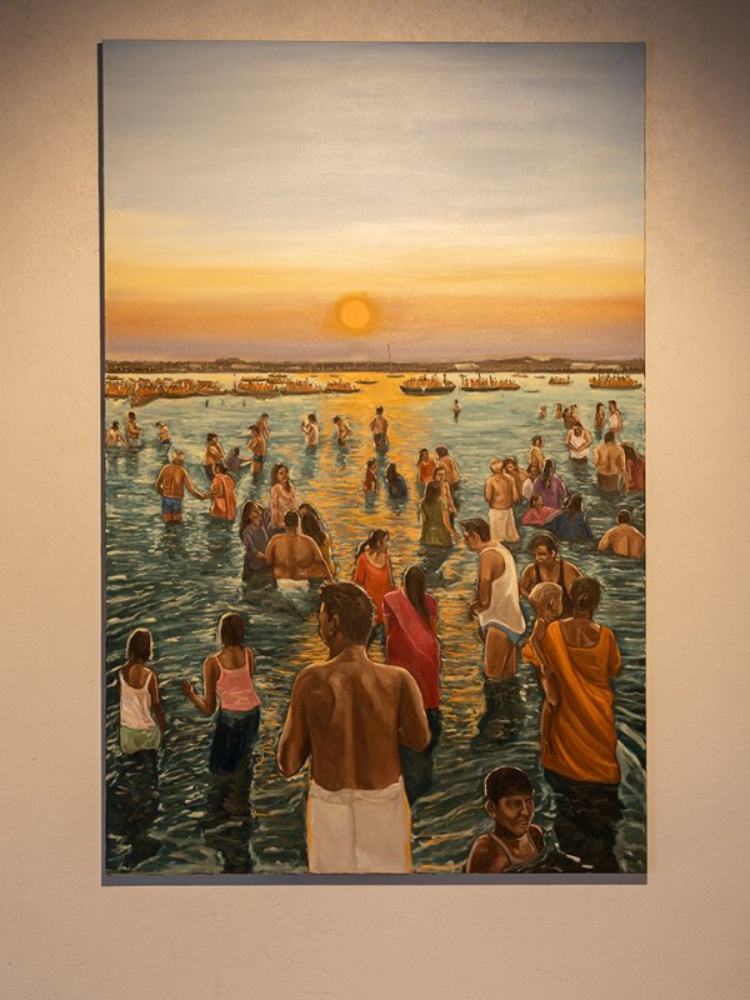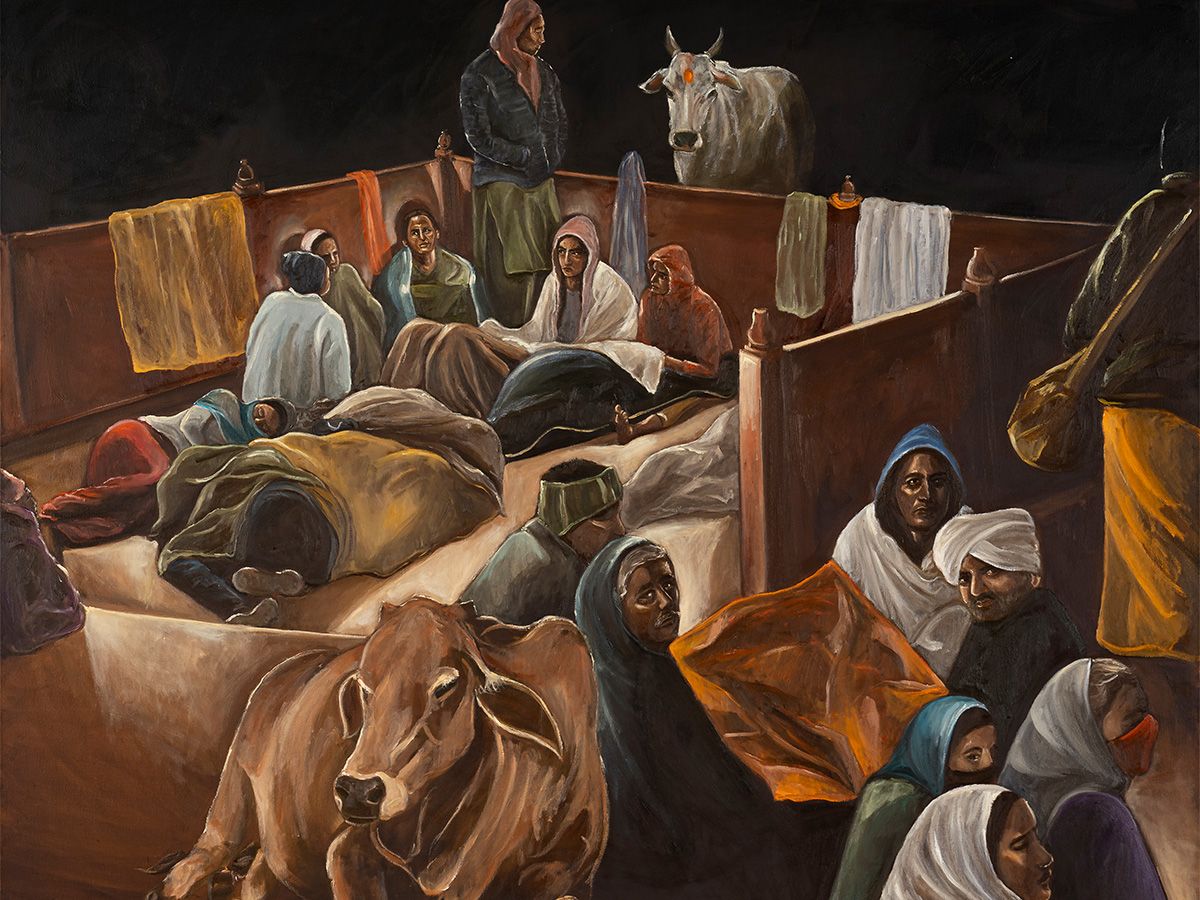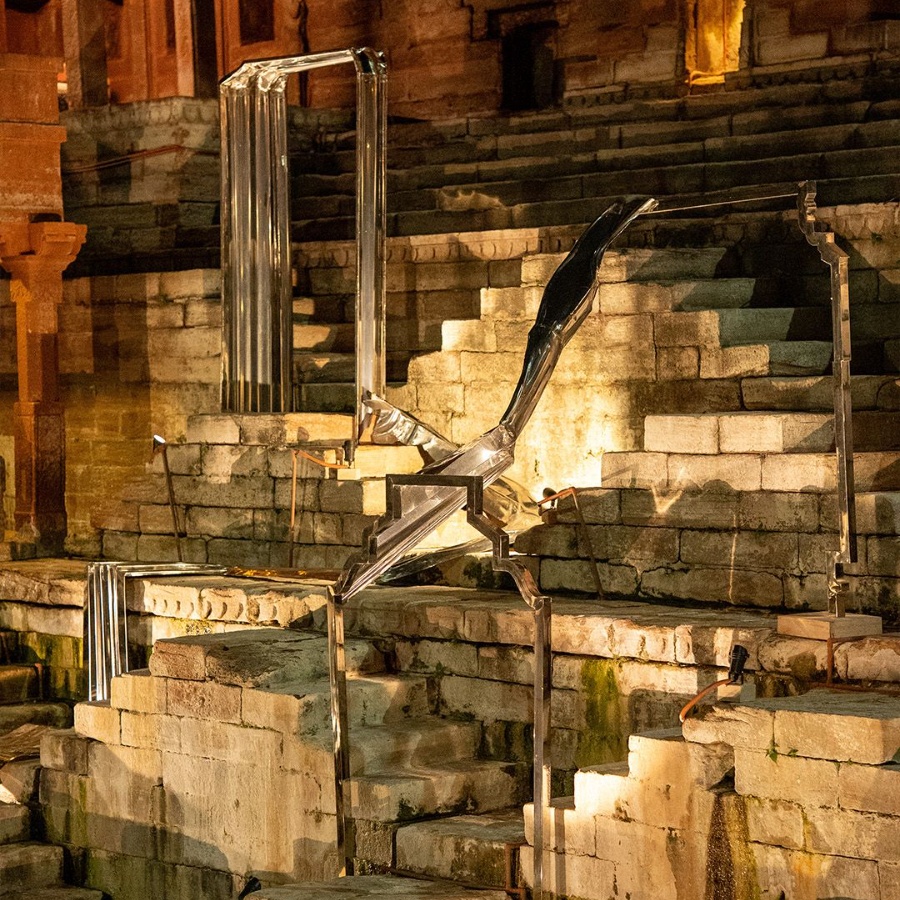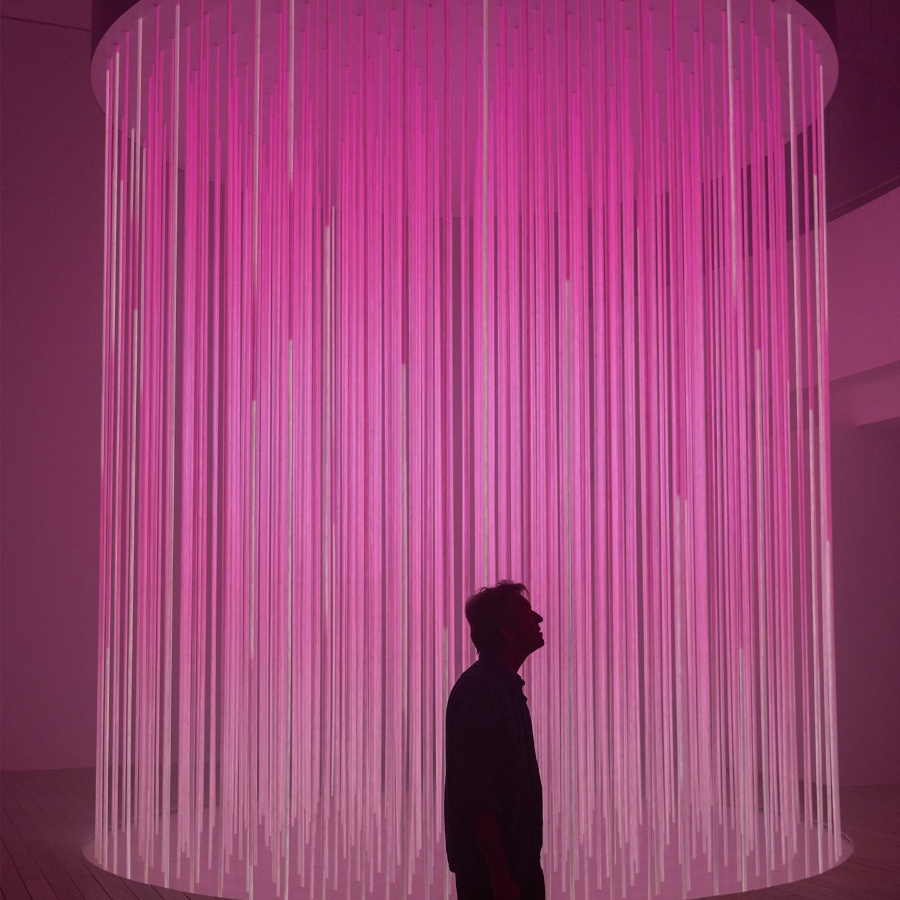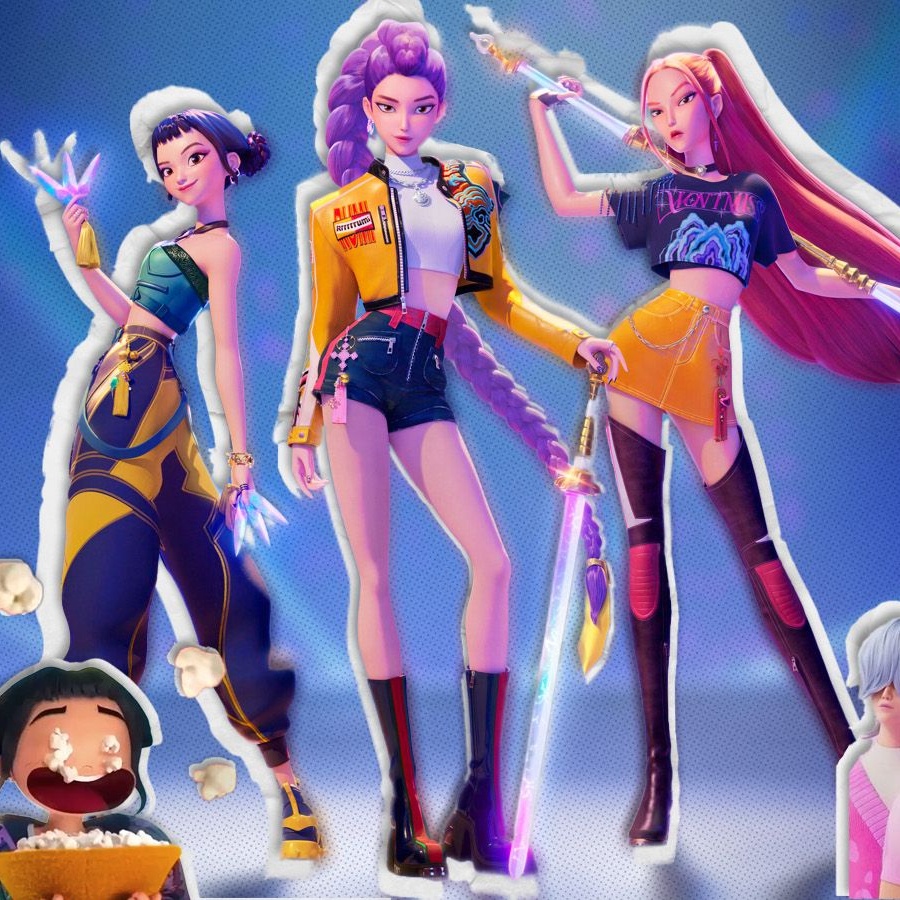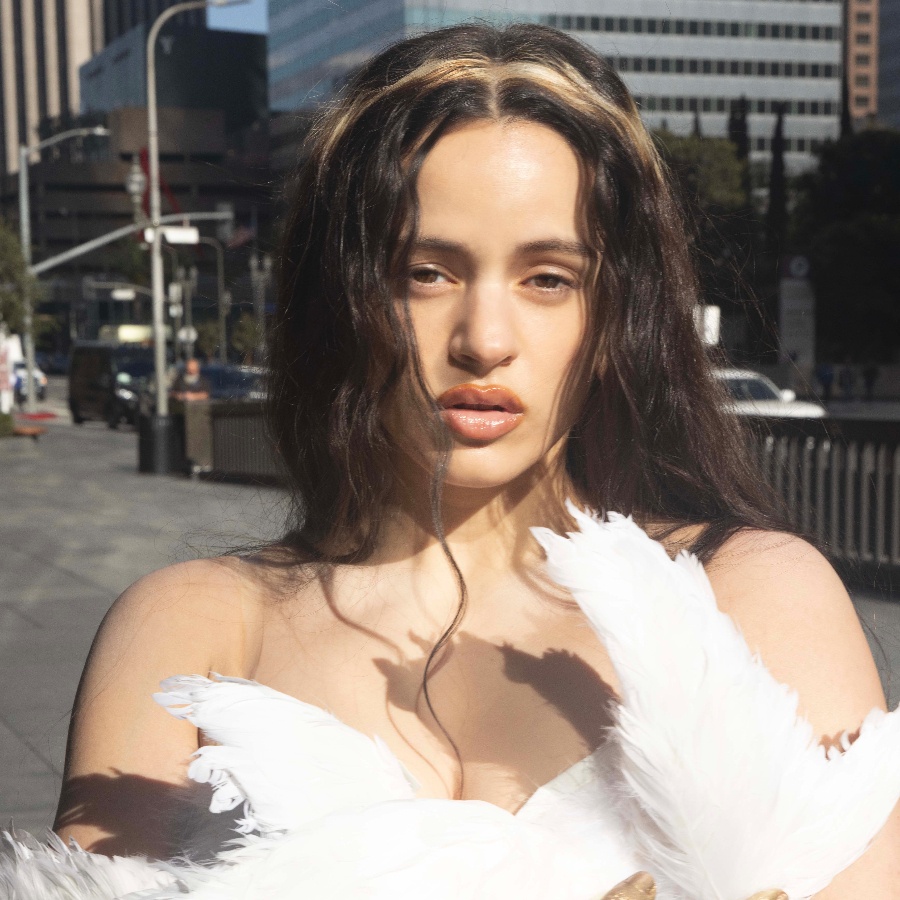Despite his impressive educational lineage—first at Dehradun’s The Doon School and later at London’s Royal College of Arts—Raghav Babbar didn’t arrive at art through privilege or prodigy. He stumbled into it as a survival strategy. Growing up in Rohtak, he was, by his own admission, terrible at academics. “I was not good at studies at all,” recalls the 28-year-old artist, “My teachers were like, ‘You’re a tough one, you’re weird and you’re not getting the marks.’ So, the only thing I’d do is scribble outside.”
What began as escape became an obsession. By the 10th grade, he was practising with whatever was available—ballpoint pens and paper became his medium, portraits in Femina and Filmfare magazines his muse. “I didn’t do most of the things that other teenage boys like to do. I didn’t learn how to drive a car because I was always inside practising, drawing, painting.”
Barely a decade later, Babbar has achieved what takes most artists a lifetime. In 2024, he made ₹12 crore in sales, making him one of the youngest artists on the Hurun India Art List, standing shoulder-to-shoulder with 100-year-old Krishen Khanna as well as other silver-haired Modernist masters like Anish Kapoor, Arpita Singh, and Jogen Chowdhury. As the seventh top-selling Indian artist globally, Babbar is the youngest on the top 10 list, with auction prices ranging from $22,864 to $733,638.
But numbers tell only part of the story. In an art world increasingly dominated by abstraction and conceptual work, Babbar has doubled down on figurative painting—portraits and people rendered in thick, textured oils. Friends, compelled to sit for him in his Battersea studio, look more animated than they perhaps do in their live photos. Strangers—in paintings such as ‘The Coal Seller’, ‘The Migrants on Train’, ‘The Search’ and ‘Moonlight’—are arrested at their most alive and in their most natural states of being. His commitment to this unfashionable path, combined with his fusion of Western technique and Indian subject matter, marks him as a singular voice in contemporary art.
